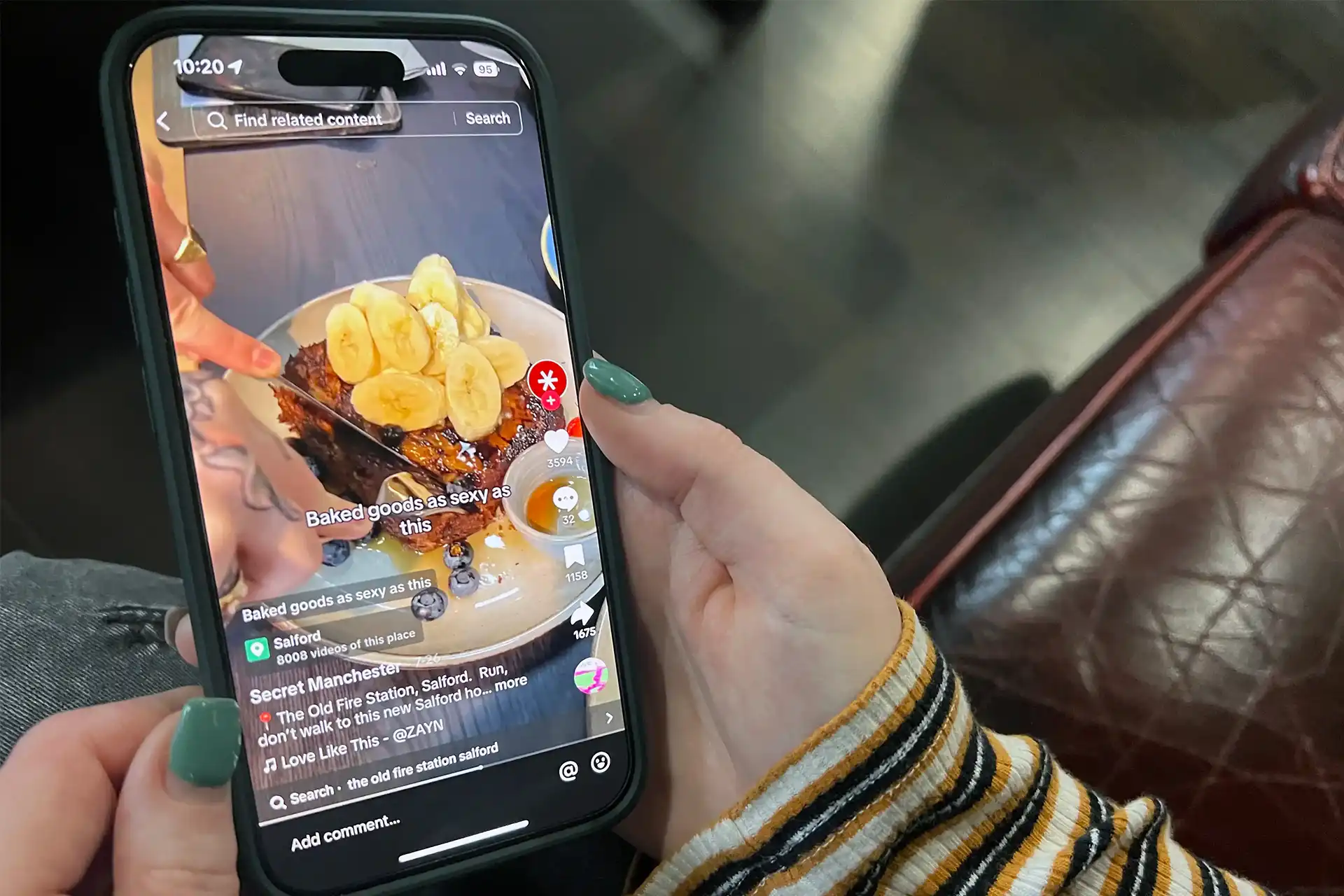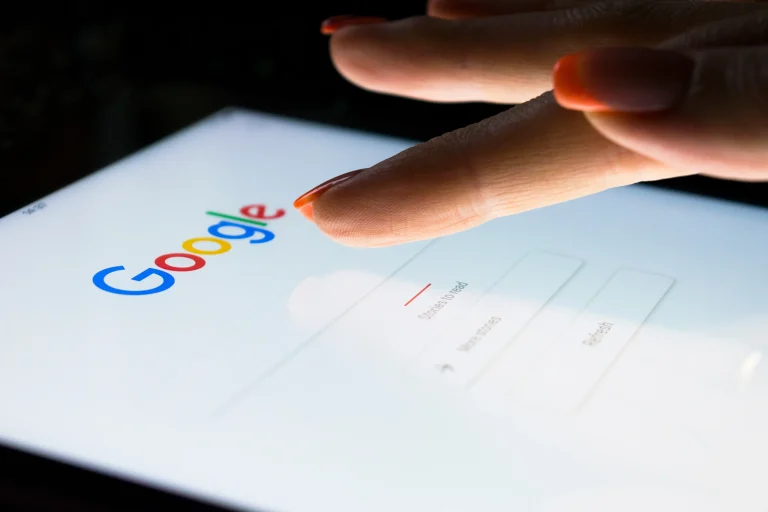The future of search
Through the addition of new features in search engines, marketers have to continually adapt. In the past ten years alone, the world of search has been introduced to Google Snippets, business profiles, Lens and Alexa. (Other voice assistants are available).
These features drastically changed marketing strategies in many businesses across the world.
Over the past couple of years, statistics have shown some interesting trends of how users, especially among younger generations, search for things. According to Google’s Senior Vice President Prabhakar Raghavan, almost 40% of young people (aged 18-24) are more likely to search on TikTok rather than Google Maps when looking for a place to eat.
TikTok
There is growth in the popularity of more visual content amongst the younger generation. A written menu is now deemed boring compared to a video. Through visual means, you can see ingredients, portion size, presentation, and ambience. The TikTok algorithm allows for accurate search results on the platform, and will continue to show users videos of a similar nature for the future. For example, if you’ve looked up “day activities Manchester,” you will be shown similar content as you scroll.
Obviously this isn’t anything new. Targeted ads based on cookies have been around for years. Since the early 2000s, you haven’t been able to look up vacuum cleaners without being bombarded with ads afterwards. TikTok will stop showing similar content within a couple days of your search. Personally, I think this makes it a lot more interesting. It ensures to strike when the iron is hot, and the topic is fresh.
Their recommendations seem more helpful, as opposed to being annoying.
Which is better for search? Instagram v TikTok
It is very difficult to say that one platform has a better algorithm than the other. TikTok, primarily has a younger audience with 41% users aged between 16-24. Compared to the majority of Instagram users aged between 25-34.
So for now, if influencers want to hit both age groups, they will continue to use both channels. Or if they want to be more targeted, they can pick either one.
The counterattack
All of this can appear threatening to Google’s search engine monopoly. Especially YouTube (which is owned by Google) being the go-to for video tutorials for over a decade.
But I think it’s safe to say that Google isn’t going anywhere anytime soon.
Competition is healthy for the industry, and will lead to further innovation.
This can be seen with Google launching their AI Google search. Using their PaLM 2 AI search assistant, it will save you time on research and decision making.
You can learn more about it here: Google Search, AI and how SEO will be affected
These new avenues of potential in search marketing are incredibly exciting. The new ways marketers will have to adapt their content output is bound to give way to some incredibly creative search campaigns.
Users now want a video as an answer to their search. However, video content, when not done properly, can very easily miss the mark.
Marketers will need to get down to the roots of what makes some TikTok videos so appealing, and what actually helps users make a decision.
Our Step Into Social Care campaign is a perfect example of how user-generated content can hit the mark.




